Bringing greenery into your home can enhance your space and improve air quality, but caring for indoor plants requires attention and know-how. Whether you’re a seasoned plant parent or just starting out, these tips will help you keep your indoor plants healthy and thriving.
Step 1: Choose the Right Plants
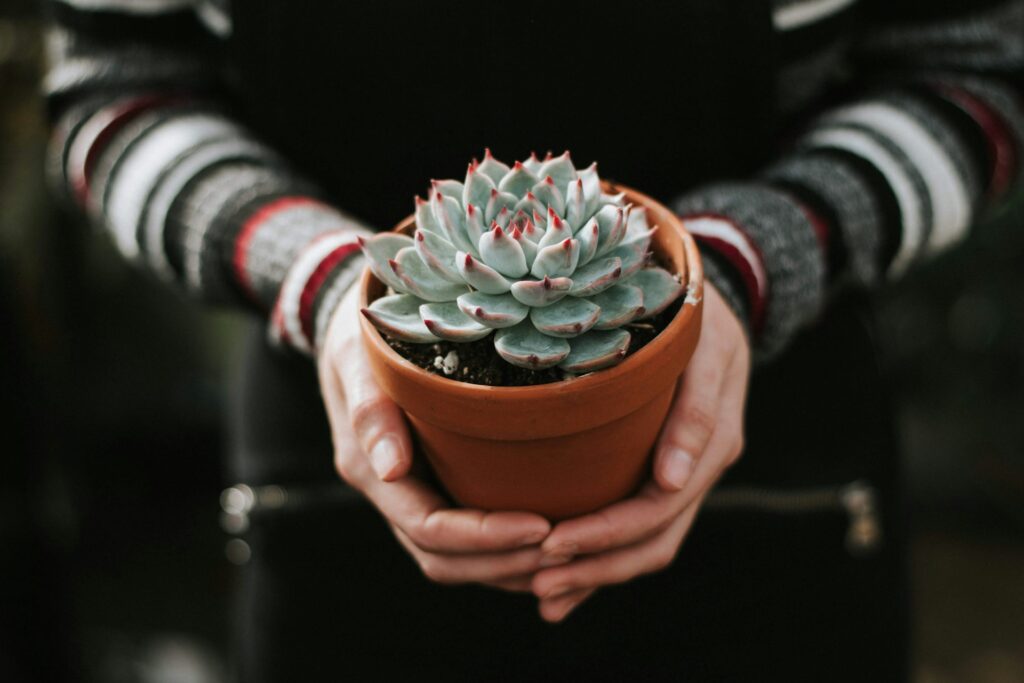 Source: Unsplash
Source: Unsplash
Before bringing new plants into your home, research which species are best suited to your environment and lifestyle. Consider factors such as light levels, humidity, and space constraints to ensure you select plants that will thrive in your home.
Step 2: Provide Adequate Light
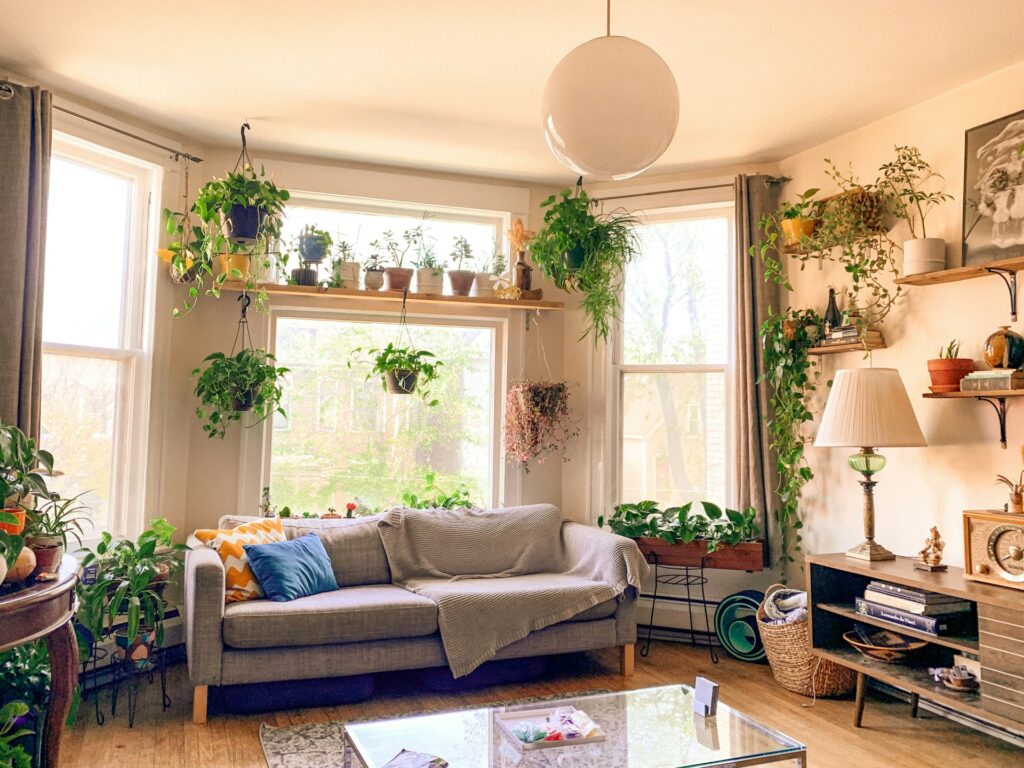 Source: Unsplash
Source: Unsplash
Most indoor plants require adequate light to photosynthesize and grow. Place plants near windows where they can receive natural sunlight, or supplement with artificial grow lights if natural light is limited. Monitor your plants for signs of sunburn or light deprivation and adjust their placement accordingly.
Step 3: Water Wisely
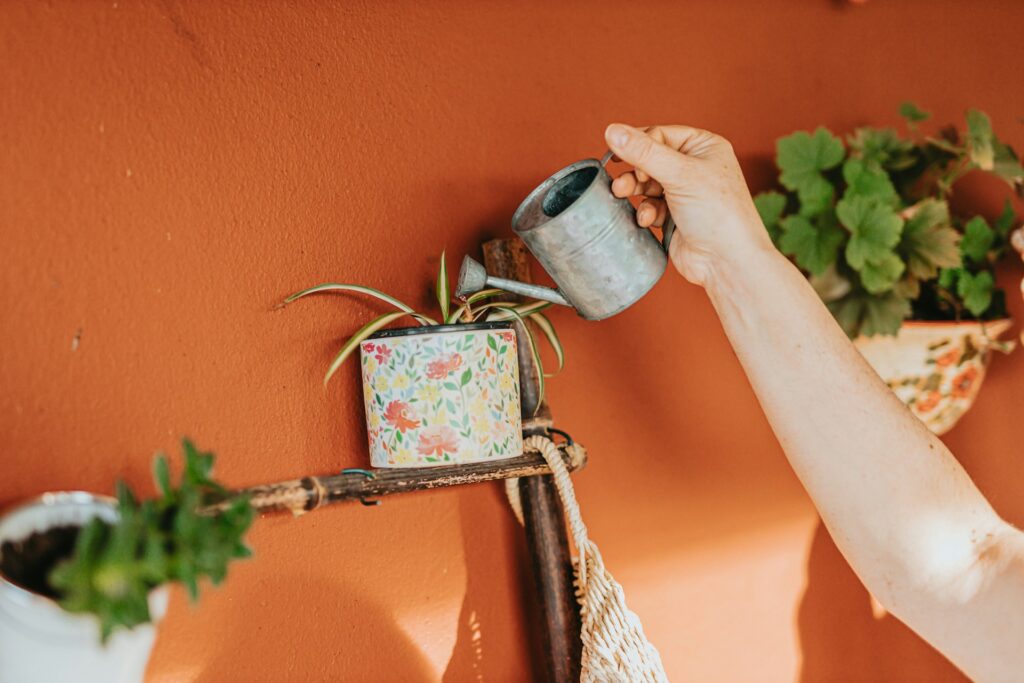 Source: Unsplash
Source: Unsplash
Proper watering is crucial for indoor plant health. Avoid overwatering, which can lead to root rot and other issues, by allowing the top inch of soil to dry out between waterings. Use a watering can with a narrow spout to water directly at the base of the plant and avoid wetting the leaves, which can promote fungal growth.
Step 4: Monitor Humidity Levels
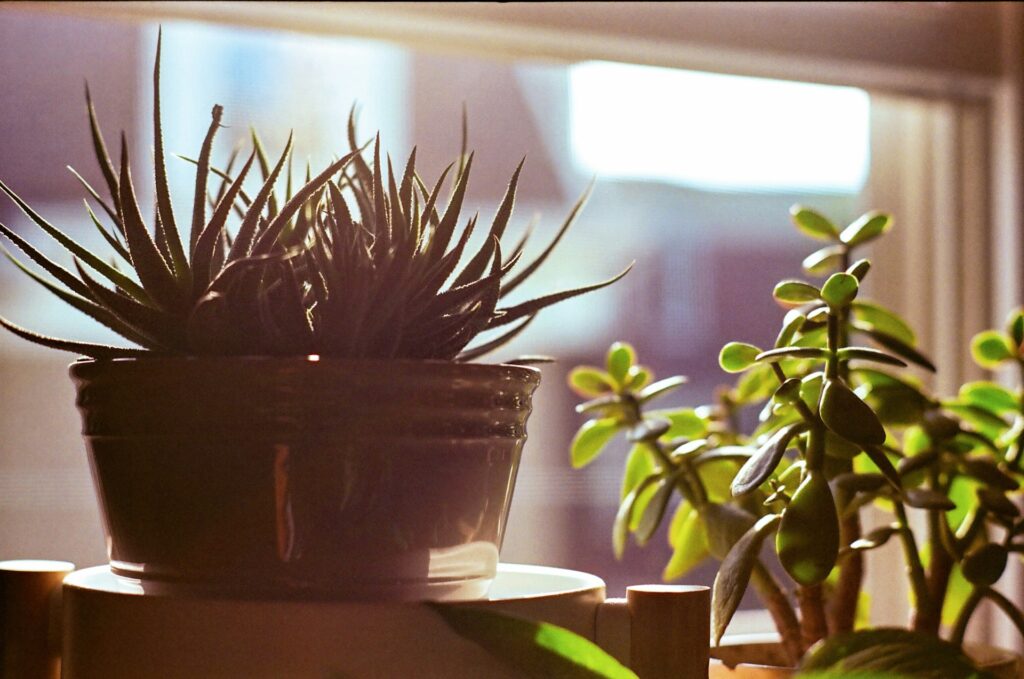 Source: Unsplash
Source: Unsplash
Many indoor plants thrive in humid environments, especially tropical species. Increase humidity around your plants by misting them regularly, placing a humidifier nearby, or grouping plants together to create a microclimate. Monitor humidity levels with a hygrometer and adjust as needed to keep your plants happy.
Step 5: Fertilize Occasionally
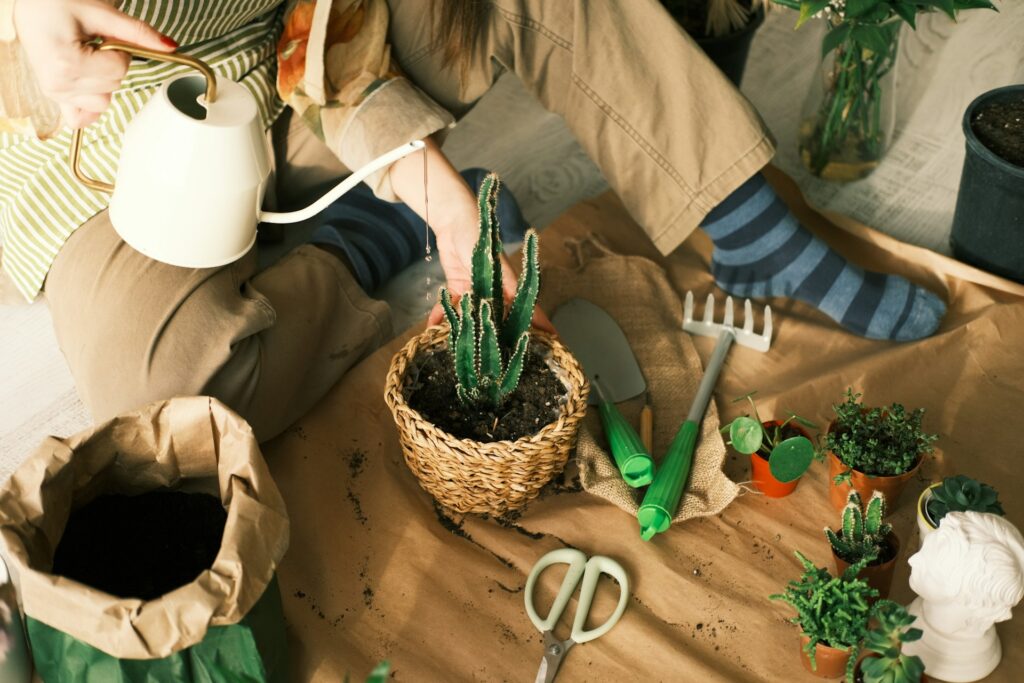 Source: Unsplash
Source: Unsplash
Indoor plants benefit from occasional fertilization to replenish nutrients in the soil. Choose a balanced, water-soluble fertilizer and apply according to the manufacturer’s instructions. Avoid over-fertilizing, which can cause nutrient buildup and harm your plants.
Step 6: Prune and Propagate
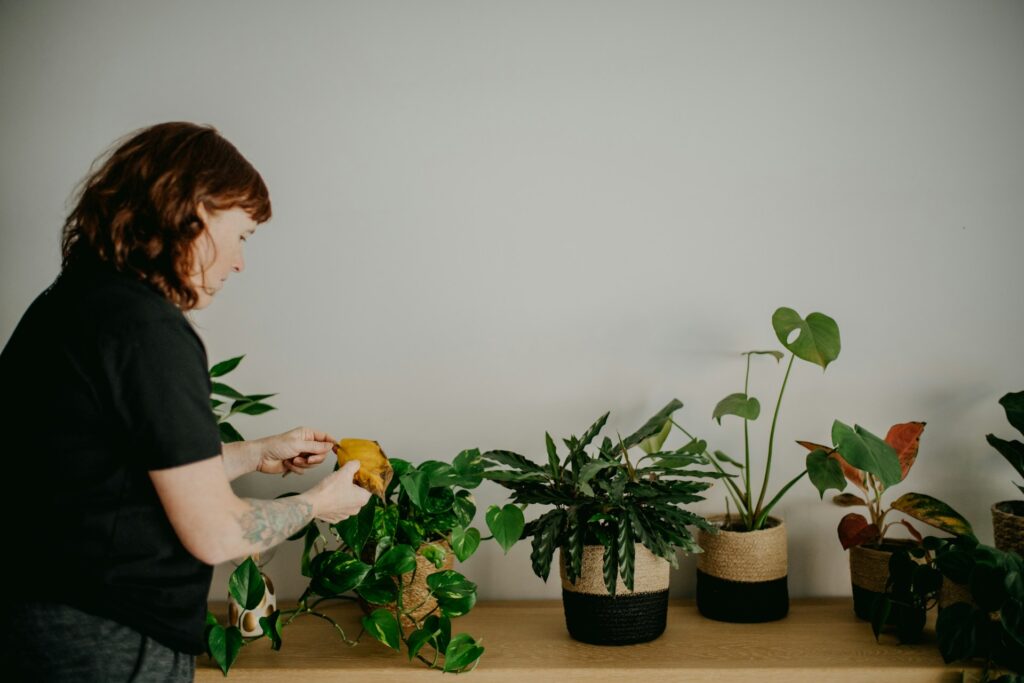 Source: Unsplash
Source: Unsplash
Regular pruning helps promote healthy growth and prevents your plants from becoming leggy or overcrowded. Use clean, sharp scissors to remove dead or damaged leaves and stems, and trim back overgrown foliage as needed. You can also propagate your plants by taking cuttings and rooting them in water or soil.
Step 7: Monitor for Pests and Diseases
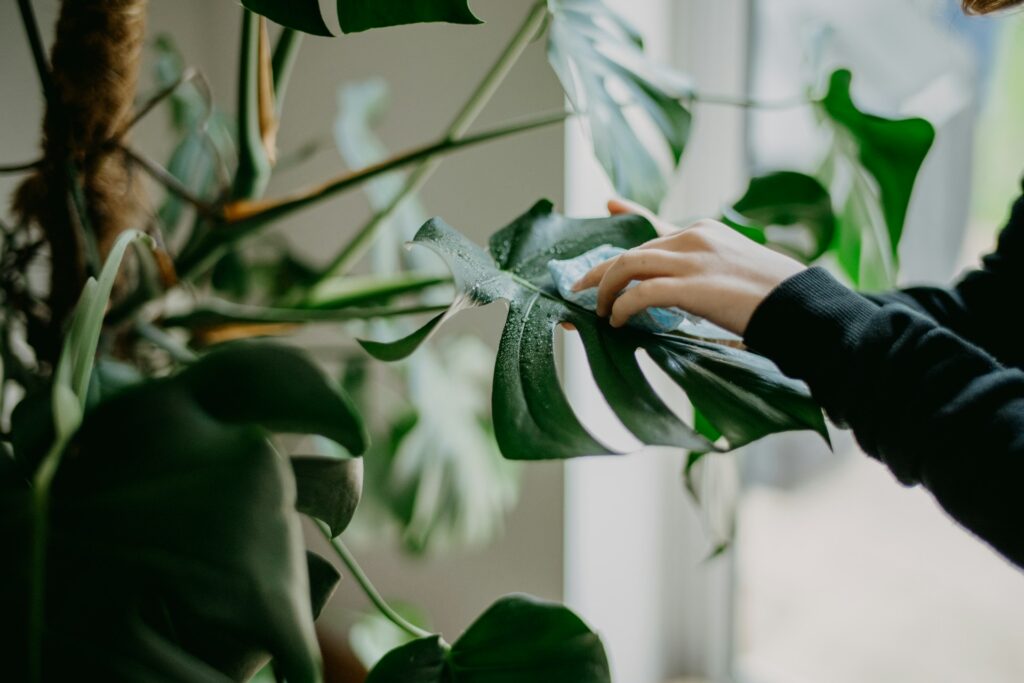 Source: Unsplash
Source: Unsplash
Keep an eye out for signs of pests such as aphids, spider mites, and fungus gnats, as well as common plant diseases like powdery mildew and root rot. Treat infestations promptly with natural or chemical remedies to prevent them from spreading to other plants.
Step 8: Rotate and Repot
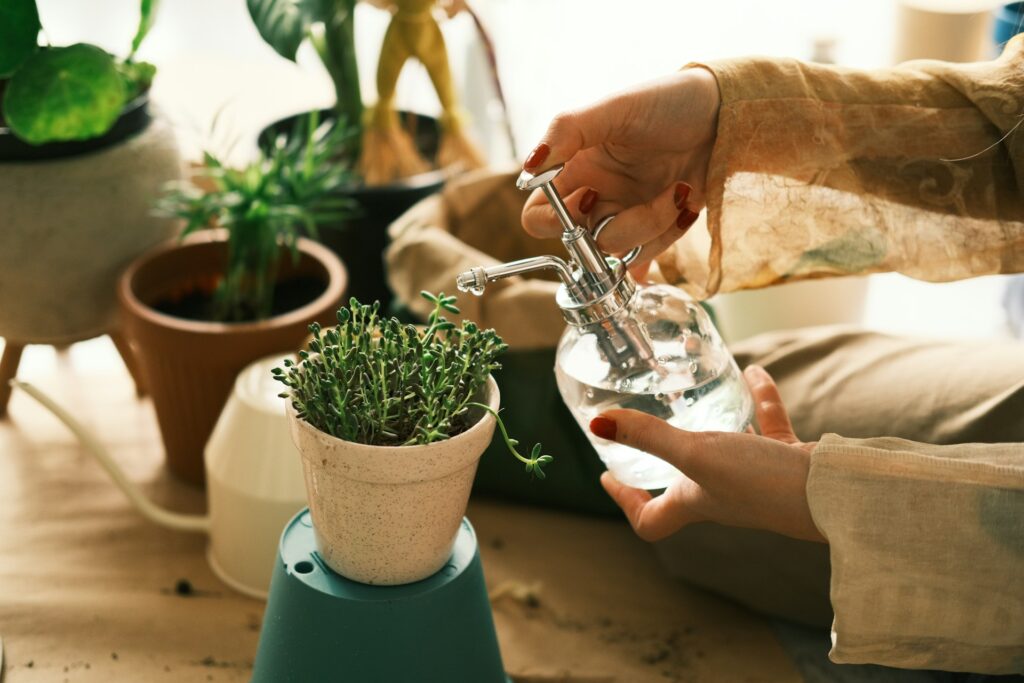 Source: Unsplash
Source: Unsplash
Rotate your plants regularly to ensure even growth and prevent them from leaning towards the light source. Repot plants as needed to provide adequate space for root growth and refresh the soil. Choose pots with drainage holes to prevent waterlogged soil and root suffocation.
With proper care and attention, indoor plants can thrive and bring beauty and vitality to your home. By choosing the right plants, providing adequate light and water, monitoring humidity levels, and addressing any pest or disease issues promptly, you can enjoy a lush and healthy indoor garden that enhances your living space.





